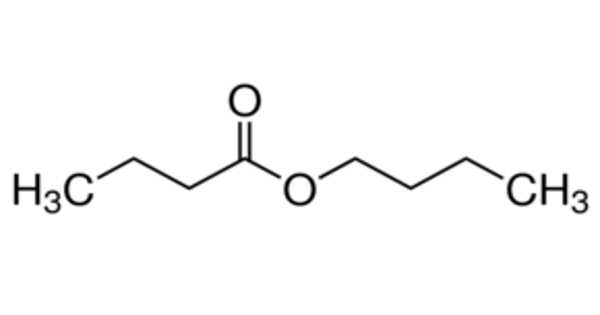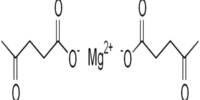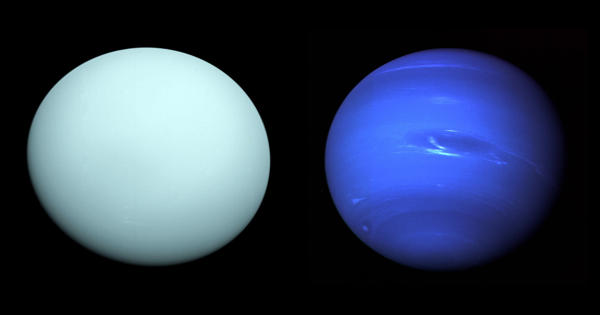Butyl butyrate, also known as butyl butanoate, is an organic compound formed by the condensation of butyric acid and n-butanol. It has the appearance of a colorless liquid. It’s not soluble in water. It is a pollutant in the sea. It is a colorless, clear liquid that is insoluble in water but soluble in ethanol and diethyl ether. At 20 °C, its refractive index is 1.406.
It is used in fruit-flavoring formulations. Butyl butyrate, also known as butyl butanoate, is an organic compound formed by the condensation of butyric acid and butanol.
Properties
It is found in many fruits, including banana, cherry, melon, and plum, as well as Gruyere de Comte cheese, cider, and soybeans. It is a colorless, clear liquid that is insoluble in water but soluble in ethanol and diethyl ether. At 20 °C, its refractive index is 1.406. Butyl butyrate can be found in a variety of foods, including milk and milk products, pulses, fruits, and alcoholic beverages.
- Appearance: Colorless clear liquid (est)
- Food Chemicals Codex Listed: Yes
- Specific Gravity: 0.86700 to 0.87100 @ 25.00 °C.
- Melting Point: 91.50 °C. @ 760.00 mm Hg
- Boiling Point: 166.00 °C. @ 760.00 mm Hg
- Acid Value: 1.00 max. KOH/g
- Vapor Pressure: 1.810000 mmHg @ 25.00 °C.
- Vapor Density: 4.9 (Air = 1 )
- Flash Point: 121.00 °F. TCC (49.44 °C. )
Synthesis of butyl butyrate
The reaction of enzymatic synthesis of butyl butyrate was prepared by mixing n-butanol 0.3 M with butyric acid 0.1 M, 0.5 mL of water, followed by the addition of the immobilized lipase (30% by substrate weight). The mixtures were incubated at 45 °C for 6 h at 150 rpm.
Aroma
Butyl butyrate, like other volatile esters, has a pleasant odor. It’s used in the flavor industry to make sweet fruity flavors that taste like pineapple. It can be found in a variety of fruits, including apple, banana, berries, pear, plum, and strawberry.
Maximum butyl butyrate production was achieved in esterification reactions with a substrate molar ratio of 3:1 (butanol:butyric acid), a temperature of 60°C, and 0.5 g free or encapsulated lipase as a biocatalyst. When the biocatalyst was encapsulated lipase, however, aroma production increased. Immobilization techniques such as encapsulation are important in terms of the stability, cost, recovery, and denaturation of purified lipases after the catalytic reaction is completed.
Uses
Butyl butyrate is an ester found in pineapple flavor that is essential in the food and beverage industries.
Safety
It is a pollutant in the sea. It causes minor irritation to the eyes and skin. It endangers the aquatic environment. Immediate action should be taken to prevent the spread of the disease to the environment. It has the potential to permeate soils and contaminate groundwater and nearby waterways. Eyes and skin are mildly irritated.
















